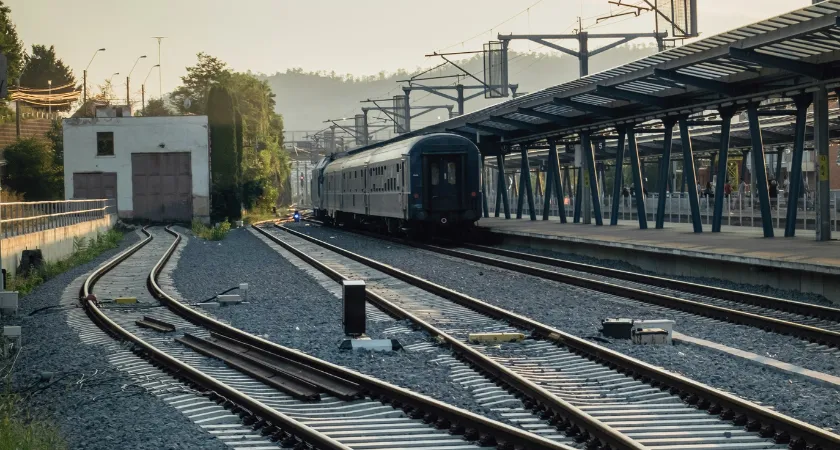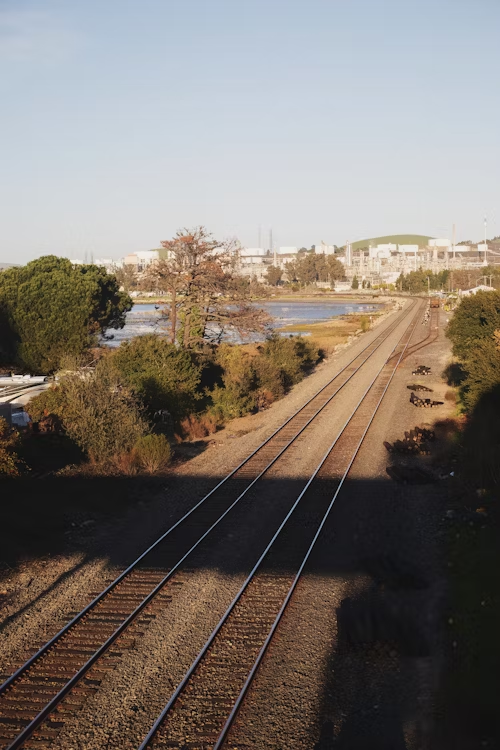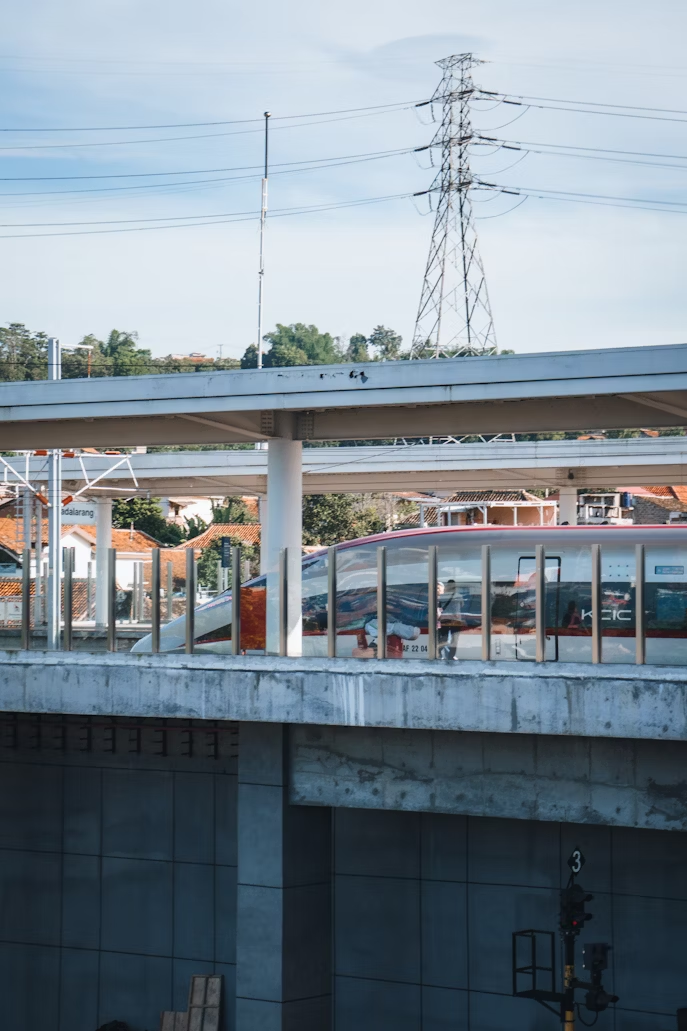
The California High-Speed Rail Authority has released its 2025 Supplemental Project Update Report, laying out a new roadmap to bring the long-awaited bullet train system to California’s largest population centers. The plan calls for connecting the Central Valley to Palmdale in Northern Los Angeles County and Gilroy in the north, where the system will integrate with the electrified Caltrain corridor.

The report emphasizes that progress will depend heavily on long-term, dedicated funding sources. With consistent investment, the Authority says it can deliver a commercially viable system that generates strong economic returns while creating thousands of jobs.
“I see clearer now more than ever the potential for this transformational project, one that can reshape the state and our society for the better,” said Ian Choudri, Authority CEO. “I see a future — by 2038 to 2039 — when operations are already connecting the Central Valley to population centers and innovation hubs, offering new career opportunities, economic mobility, affordable housing, and a cleaner environment. A system that is efficient, sustainable, and equitable. A system that connects us to each other and to the world around us.”

The report sets out three possible business case scenarios:
Alongside construction progress, the Authority continues to highlight economic benefits. To date, the project has generated more than 15,600 jobs, with nearly 1,700 workers reporting daily to sites across the Central Valley. More than 70 miles of guideway and 55 structures are complete, with dozens more underway.
The report also stresses opportunities for private investment through Public-Private Partnership (P3) models, particularly if the state provides stable funding and streamlines regulatory processes. According to the Authority, consistent state support could accelerate timelines, avoid costly stop-and-go delays, and unlock greater private sector involvement.
The vision is clear: a first-in-the-nation high-speed rail system that reduces greenhouse gas emissions, links California’s economic hubs, and reshapes regional mobility. But the timeline—stretching toward 2039—remains dependent on political will, steady financing, and private sector partnerships.
Originally reported by California High Speed Rail Authority.